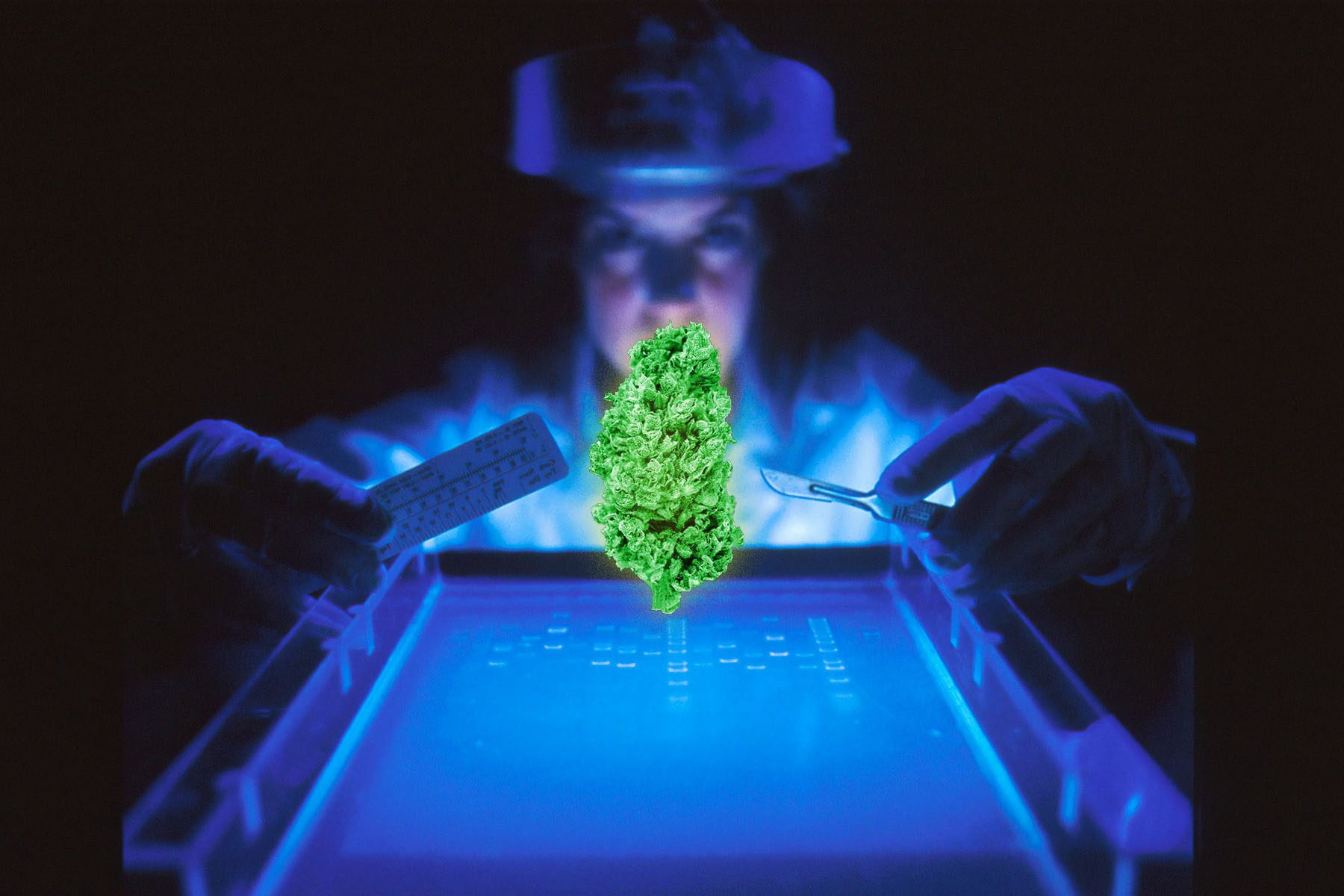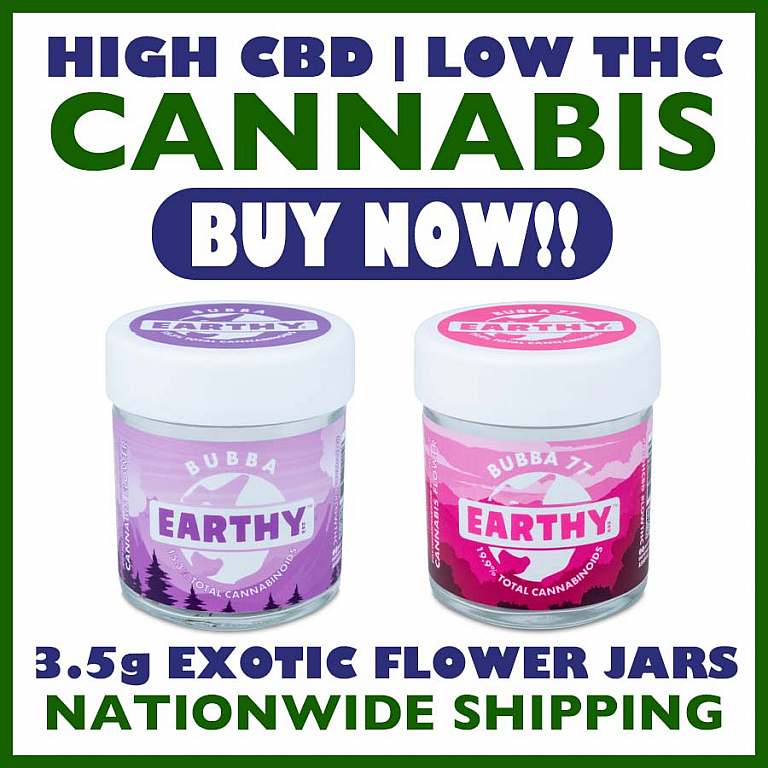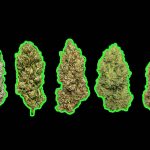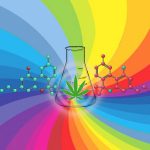Cannabis vs. Cancer
Cannabis has been used medicinally for thousands of years according to the National Cancer Institute, but to date, “the U.S. Food and Drug Administration has not approved cannabis as a treatment for cancer, cancer patients, any other medical condition (1)”
Where is the disconnect? This article will discuss what we know about cannabis and cancer, and why we don’t know more.
History of abuse
In the United States, a decades-long racially-motivated prohibition on cannabis (2), and its war on drugs, means that research with the cannabis plant was and is still largely forbidden. The Drug Enforcement Administration (DEA) lists marijuana as a Schedule 1 drug like heroin and LSD stating that, “substances in this schedule have no currently accepted medical use in the United States, a lack of accepted safety for use under medical supervision, and a high potential for abuse (3)”
Marijuana is the typical word for cannabis with psychoactive properties. The main psychoactive substance in cannabis is Tetrahydrocannabinol (THC). Its chemical formula includes many isomers, but the term THC usually refers to Delta-9 THC (4), which is the specific cannabinoid that is cited in federal regulations. Another version of cannabis has the psychoactive parts removed, and it is defined as hemp. This versioning of cannabis into marijuana and hemp occurred relatively recently as part of the 2014 and 2018 Farm Bills issued by the U.S. Congress. The differentiating feature is the amount of Delta-9 THC existent in the dry material that is used to make a product and the government sets that at 0.3% Delta-9 THC. Cannabis with more than that is considered a controlled substance, and cannabis with less than that is federally-compliant hemp (5). This is just one example of the complexity of the field of cannabis research.
These are recent changes and it is encouraging that cannabis as hemp is now able to be scientifically studied more easily, albeit still with plenty of federal regulations (6). What about marijuana?
How to research cannabis
The U.S. Food and Drug Administration (FDA) allows, and issues guidance for, research on marijuana but the rules are stringent (7). The regulations may impede research in some cases but dedicated researchers find workarounds. Researchers at University of Colorado outfitted mobile research vans just to collect data on cannabis consumers, since they are not allowed to permit the drug in labs on campus and cannot be present when it is consumed (6). Their team cannot even verify the purity and safety of the cannabis being used.
These researchers and others say cancer patients could obtain licensure and federally-sanctioned cannabis from the one permitted provider, a research facility at the University of Mississippi, but that supply is dubious. One physician likened it to muddy garbage (8). The stock was acquired long ago and not updated. Researchers consider it weak and not representative of what is widely available on the open market today (15).
States’ rights
At the same time that the DEA says there is “no currently accepted medical use” of cannabis, publicly available medical marijuana/cannabis programs have been approved in 36 states, including the District of Columbia, Guam, Puerto Rico and the U.S. Virgin Islands (9).
States like California, the first state to allow medicinal cannabis use in 1996 (10), and Michigan include cancer as a medical condition that justifies approval for a state medical cannabis card (11,12). This is another obvious and troubling example of the complex nature of the cannabis vs. cancer landscape. People are being prescribed cannabis by doctors in some states, yet the FDA says there is “no currently accepted medical use” of cannabis in all states.
Federal rights
Is the agency being disingenuous? The FDA has actually approved cannabis derived and cannabis related health products that are available with a prescription from a licensed healthcare provider (7).
The cannabis-derived drug product is called Epidiolex, which contains a purified form of cannabidiol (CBD). It has been approved after clinical trials for the treatment of seizures associated with Lennox-Gastaut syndrome or Dravet syndrome. The FDA has concluded that this particular drug product is safe and effective for its intended use (7).
Three synthetic cannabis-related drug products have also been approved. Marinol and Syndros both contain the active ingredient dronabinol, a synthetic Delta-9 THC, and are approved for therapeutic uses including for chemotherapy induced nausea and vomiting due from cancer chemotherapy and for the treatment of anorexia associated with weight loss in AIDS patients (8). Clinical, experimental, and randomized placebo controlled trials show Cesamet contains the active ingredient nabilone, another synthetic cannabinoid that is similar to THC, has shown in a systematic review that it is “indicated for the treatment of the nausea and vomiting associated with cancer chemotherapy in patients who have failed to respond adequately to conventional antiemetic treatments (13).”
This begs the question, how can cannabis derived and related drugs be approved by the FDA and in use by doctors and patients, and have “no currently accepted medical use?” Clearly this position needs to change if we are to take the FDA seriously, and to move forward with any additional medical use of cannabis, other cancer treatments, and clinical and experimental trials which will require gathering and analyzing data to make informed and responsible decisions about health care.
Right to information
The FDA’s contradicting positions, and the difficulty of obtaining and studying cannabis, are likely major factors in the lack of substantial research data. Even so, there has been valuable information published. To avoid making any unjustified health claims, we won’t look at the results of these studies in this paper, but much of this published information has the potential to influence possible courses of treatment for certain health issues.
It is difficult to quantify the full extent of literature available. Many databases are available only to those associated with research institutions and libraries that can afford to license access to them (16). One freely-available scholarly collection of research is PubMed Central® (PMC), a free full-text archive of biomedical and life sciences journal literature at the U.S. National Institutes of Health’s National Library of Medicine (NIH/NLM). A search of this research database for studies that include “cannabis” and “cancer” in their abstracts, returns 248 results. A general search for the two terms (not only in abstracts) returns over 10,000 results!
It’s a lot to parse, but even a cursory skim shows repeated mentions of the potential and promise of cannabis to improve the situation of humans suffering from cancer. You are encouraged to look at this research and determine if you think there is more reason than not for federal legalization of cannabis for medical or adult-use.
Light at the end
One study from 2019 is illuminating in the area of cannabis’s potential as a remedy treating breast cancer and as a general cancer treatment. The authors did a literature review of almost 8,000 research articles related to cannabis, cannabinoids, and marijuana for high priority symptoms of breast cancer and lung cancer and its treatments (14). They concluded that, “medical cannabis offers many opportunities for supportive and palliative care in cancer treatment including targeting cancer cells and recent changes in the social climate and legalization of cannabis will hopefully facilitate randomized studies to more accurately weigh the risks and benefits of cannabis use in breast cancer in therapy and optimize dose and administration methods (14)”
This is a good indicator of the state of the science and will ideally lead to more and better research, data, and analysis that we can all rely on for improving access to cannabis for healthy living and recovery.
Disclaimer – Information is provided for educational purposes. It does not, and is not intended to, constitute legal advice or medical advice. We attempt to be accurate and up to date but the legality of cannabinoids and the science of cannabis is evolving. The author is neither a lawyer or a legal expert, nor a doctor or medical expert. You should check with your local authorities and medical providers before buying or using cannabis, smoking cannabis or any products.
References
- Cancer.gov – Cannabinoids and Cannabis
- Why is Marijuana Illegal in the US?
- List of Controlled Substances
- Wikipedia: Tetrahydrocannabinol
- Congress.gov: 115th Congress House Bill
- Research Involving Cannabis Hemp and Marijuana
- FDA and Cannabis Research and Drug Approval Process
- Politico: Legal Weed Scientists
- State Medical Marijuana Laws
- Cannabis.ca.gov
- Cannabis.ca.gov Eligible Medical Conditions
- Eligible Medical Conditions for Michigan Medical Cannabis
- Cesamet Capsules for Oral Ingestion
- Opportunities for Cancer in Supportive Care in Cancer
- Politico: Cannabis Medical Marijuana Research
- Wikipedia: Embargo Academic Publishing
Frequently Asked Questions
What is the difference between CBD and THC?
CBD and THC are both naturally-occurring cannabinoids from the cannabis plant. They have the exact same molecular structure, and a slight difference in how some of the the atoms are arranged makes the difference. THC is the main psychoactive component of the plant that can make people feel high. CBD is not psychoactive and it’s used for its own benefits, without intoxication.
How does CBD make you feel?
High CBD, low THC cannabis can produce a range of effects from clear-headed alertness & energy to calm & relaxation.
The strength of the effects on a particular person will be different depending on a few things: the dosage level, body weight, food or other substances in the system, personal body chemistry, and experience level with cannabis products.
Will CBD show up on a drug test?
There is a risk of failing a drug test. It depends on the type of CBD product one is using.
Drug tests for marijuana generally identify THC or its metabolites. Although tests do not screen for CBD, full spectrum CBD products contain low quantities of THC that can make a person fail a drug test. If you anticipate taking a drug test, we suggest checking with your employer or test administrator for clarity prior to taking full spectrum CBD products.





